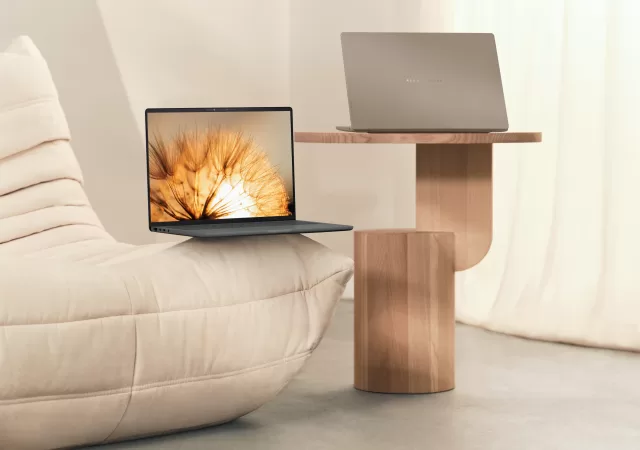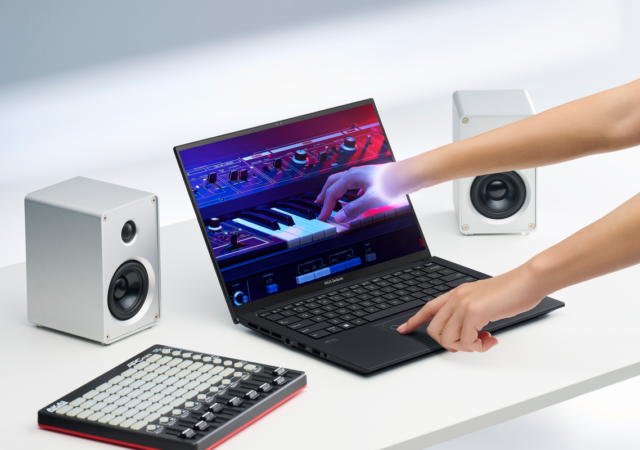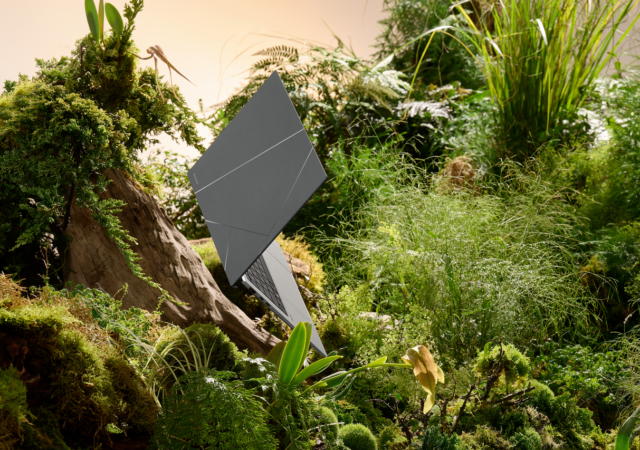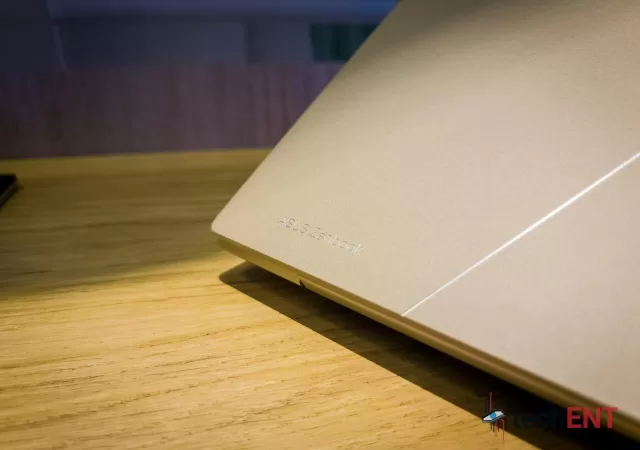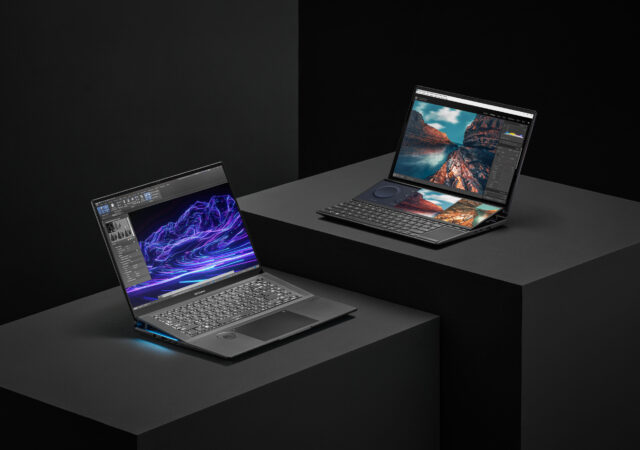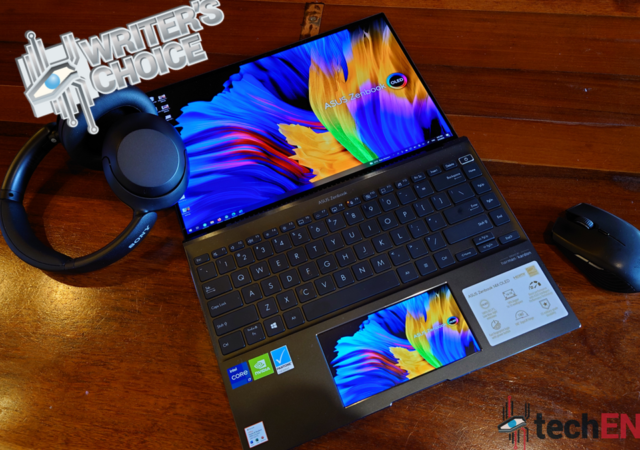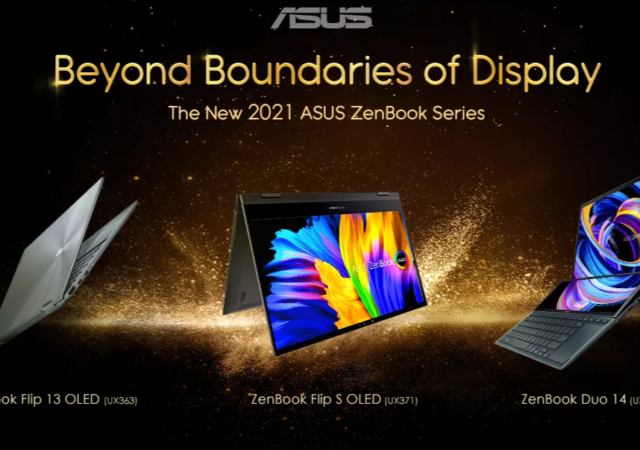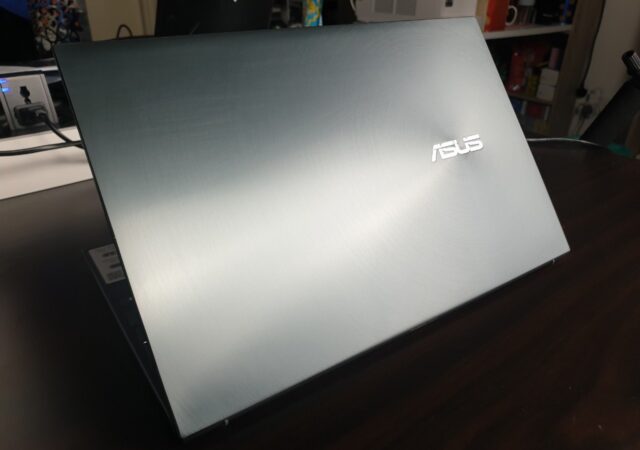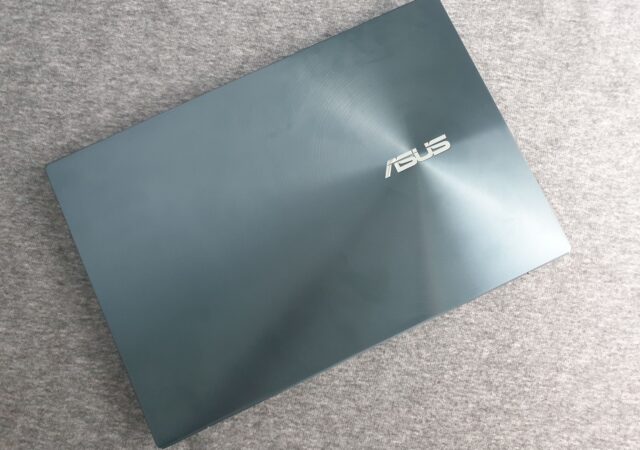ASUS introduces a new Snapdragon X touting laptop with the new Zenbook A14 that weighs only 899g.
ASUS ZenBook Pro 14 OLED (UX6404) Available in Malaysia for MYR10,999
The ASUS Zenbook Pro 14 OLED promises superior performance and portability. With a 13th generation Intel Core i9 processor & GeForce RTX 4070 graphics, work smarter and faster.
The ASUS Zenbook S 13 Just Set The Standard for Thin and Light Laptops
ASUS turns up the heat with their most sustainable and thinnest laptop ever with the ASUS Zenbook S 13 OLED.
The ASUS Zenbook 14X OLED (UX304) and 14 Flip OLED (UP304) Are Here! Prices Starts from MYR 4,999
ASUS launches the latest Zenbook 14X OLED with an Intel Core i9-13900H and NVIDIA GeForce RTX 3050 inside for MYR 4,999 onward.
ASUS New Out of this World Zenbook Lineup in Malaysia
ASUS brings an out of this world line up in their new Zenbook series which makes its Malaysian debut in a roadshow in Midvalley Megamall.
ASUS Zenbook 14X OLED (UX5400E) In-Depth Review – Eye Candy and Productivity with a Steep Learning Curve
Get a break down of the experiences, hardware and features of one of ASUS’s most powerful productivity machines – the ASUS Zenbook 14X OLED (UX5400E).
ASUS Launches some Ultra-Lightweight ZenBook OLED Goodness for 2021!
ASUS launches new OLED displayed ZenBooks for 2021. The new ZenBooks feature colour accurate OLED displays for the professionals.
Asus ZenBook 14 UX425JA (2020) In-Depth Review – Something is Missing
The ASUS ZenBook 14 for 2020 prides itseslf as the thinnest 14-inch notebook with full I/O ports. Is it though? Is it any good?
The New ASUS ZenBook 13 & ZenBook 14 Lands in Malaysia! Prices start from MYR3,999
The ASUS ZenBook Classic gets two new entries with the ZenBook 13 and ZenBook 14 which come with Intel’s latest processors for productivity and also a full array of ports
The ASUS ZenBook Pro Duo In-Depth Review – Two is Better Than One?
The PC that we know today has evolved leaps and bounds from the old days. These days, while PC towers are still around, and you can buy a decent one for less than MYR 2,000, portable PCs are kings. They…



